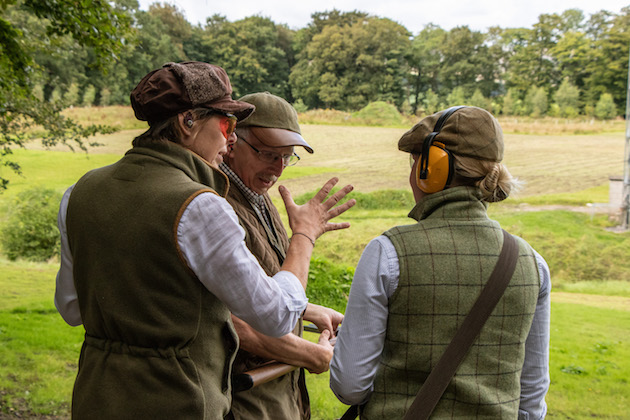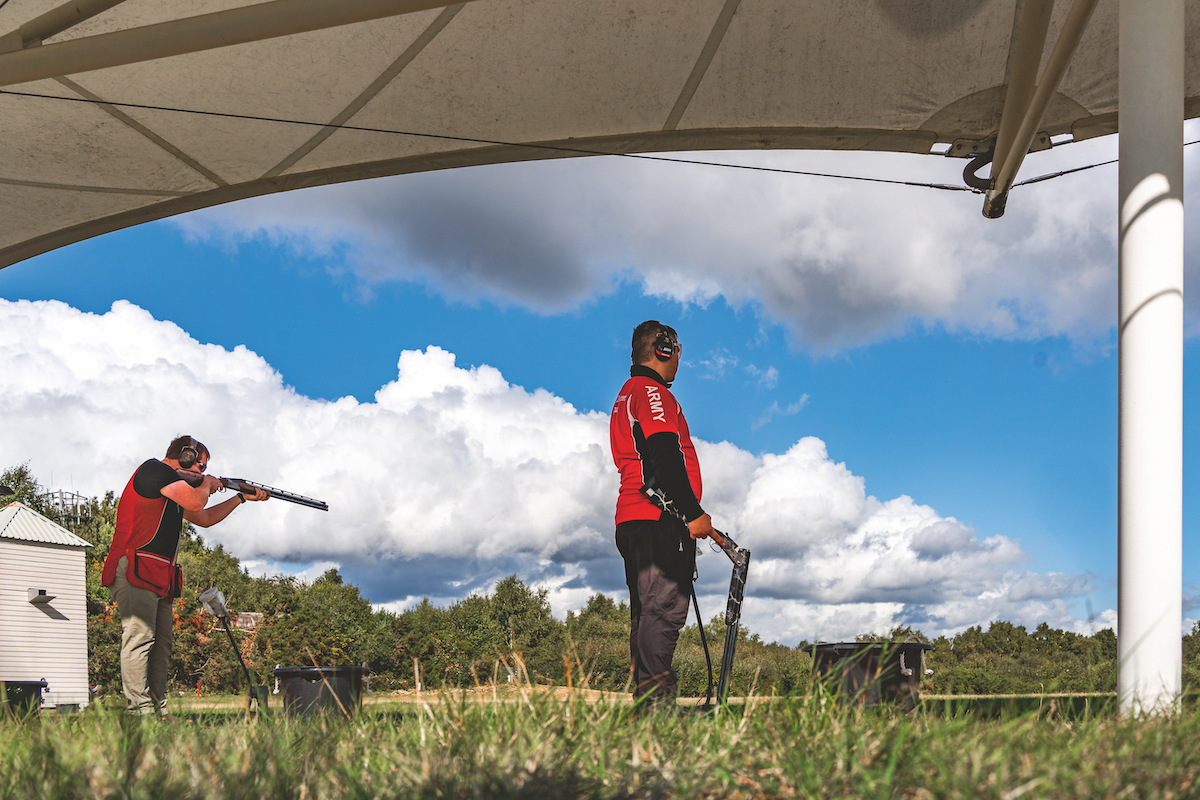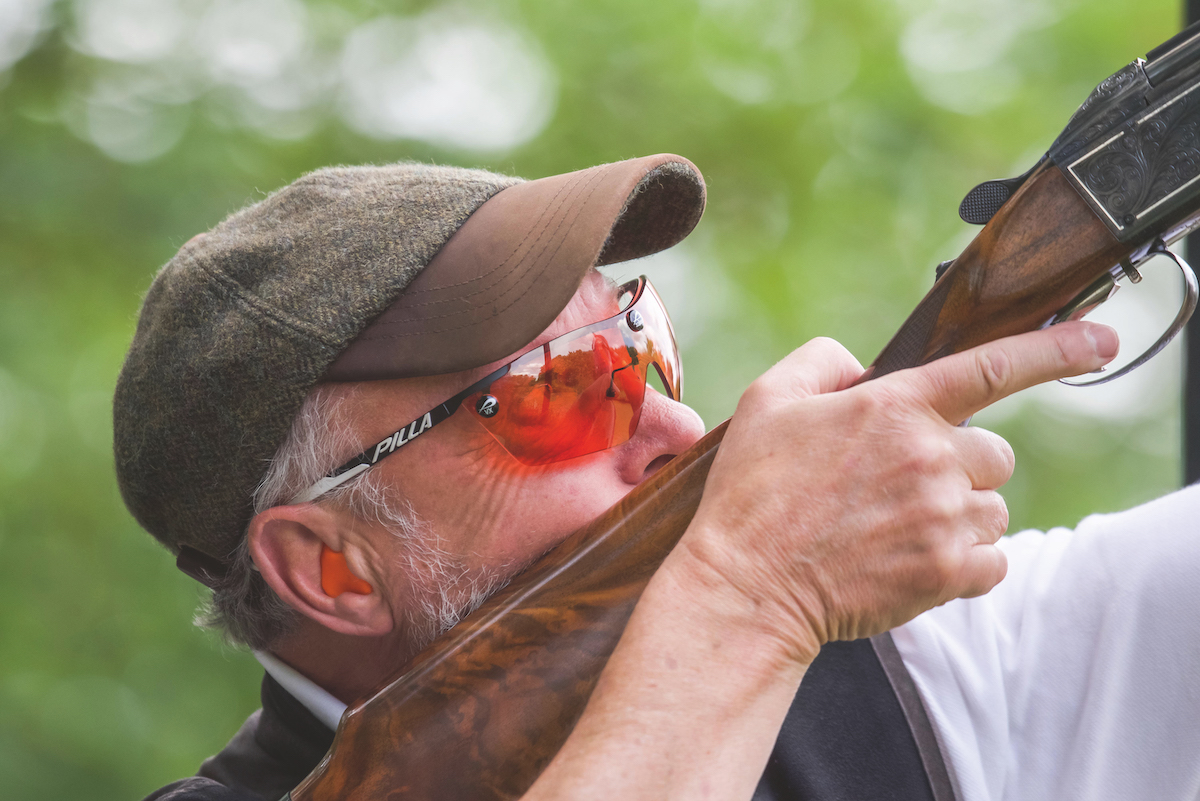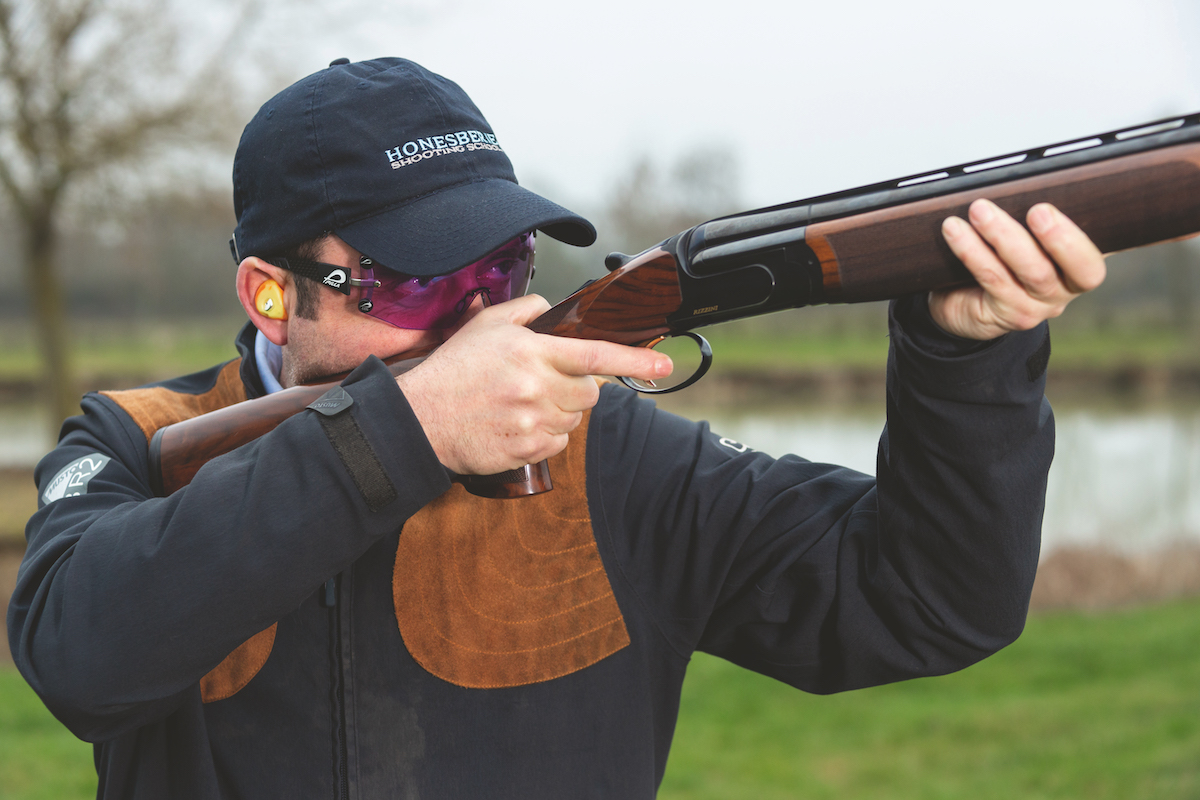I want to become a loader. Should I do a course?
Is doing a loading course worthwhile? Will it make you a better member of the team out in the field? Tom Sykes tries one and reports back

I have loaded for some years, and although competent, I decided it was time to get a qualification in the subject.
Why is a loading course a good idea?
One of the significant reasons for picking up a loading qualification is for health and safety purposes.
Shoots and estates have to show that they have taken necessary precautions to prevent accidents and injuries to be covered by their insurance, so it is becoming more and more common to be asked about qualifications before attending a day as a loader.
In addition, you’ll gain a better knowledge of the subject. There are many aspects of loading, from general shoot-day etiquette to physically loading the gun.

The course demonstrates safe handling and loading
The course I chose
I chose the Lantra course, run by Ann Litchfield. It covers an array of subjects related to loading, which will give everyone from beginners to experienced loaders something to consider and take away from the day.
Loading course purpose and aims
• Understand the role of the loader
• Appreciate the importance of appropriate standards of behaviour and etiquette in the shooting field
• Identify main quarry species
• Demonstrate knowledge of a sporting shotgun
• Understand firearms legislation in relation to the loader
• Undertake gun cleaning and appropriate maintenance of shotguns consistent for the loader
• Demonstrate safe handling and loading of a shotgun for the use of single and double gunning
• Appreciate the purpose of risk assessment to formal driven shooting
• Demonstrate the management of risks by applying health and safety measures

A loader who is a font of knowledge is worth their weight in gold
Back to school
Our day started in a classroom where we could concentrate on the theory side of the loading criteria. We discussed a range of subjects including; etiquette, suitable shooting clothing, PPE, guns and ammunition, risk assessment, quarry identification and legal aspects.
It was an engaging and informative session.
Single-gunning practice
After a short lunch break, it was time to put the theory to the test and we headed to the clayground.
Ann ran through the finer points of loading, simulated with unloaded guns for a dummy run. Then over to us to start on single gunning. One student would shoot as the other stuffed for them. This is the loading technique of a Gun (person) firing and breaking the gun, allowing the loader to drop the cartridges in. It is a simple but effective technique and one commonly used on shoots throughout the UK.

Double gunning is commonly found on a grouse moor
Double gunning
After everyone had a chance to shoot and load, we moved on to double gunning. This practice is more commonly found on grouse moors as it is a fast way of shooting, ideal for packs of grouse.
The idea of double gunning is that the shooter and the loader have a loaded gun. As the shooter fires with the first one, they keep the gun closed and swap it for the fully-loaded one that the loader has. Once the guns have exchanged, the shooter can continue to shoot while the loader reloads the first gun. Double gunning can be a fast technique but needs practice.
What is expected of a loader on a shoot?
What exactly are the requirements of a loader on a shoot? To sum up, the perfect loader should stand by,…
Shotgun loaders – why they are the hidden experts of game shooting
There are two basic ways in which loaders offer their services: either they become involved with a game shooter wherever…
Conclusion
Although I had loaded before I picked up a lot of new information. I gained valuable tricks and techniques that I hadn’t seen before. Perhaps most importantly I left with a recognised qualification that I can use to get loading jobs in the future, which will keep me in line with most insurances and risk assessments.










